
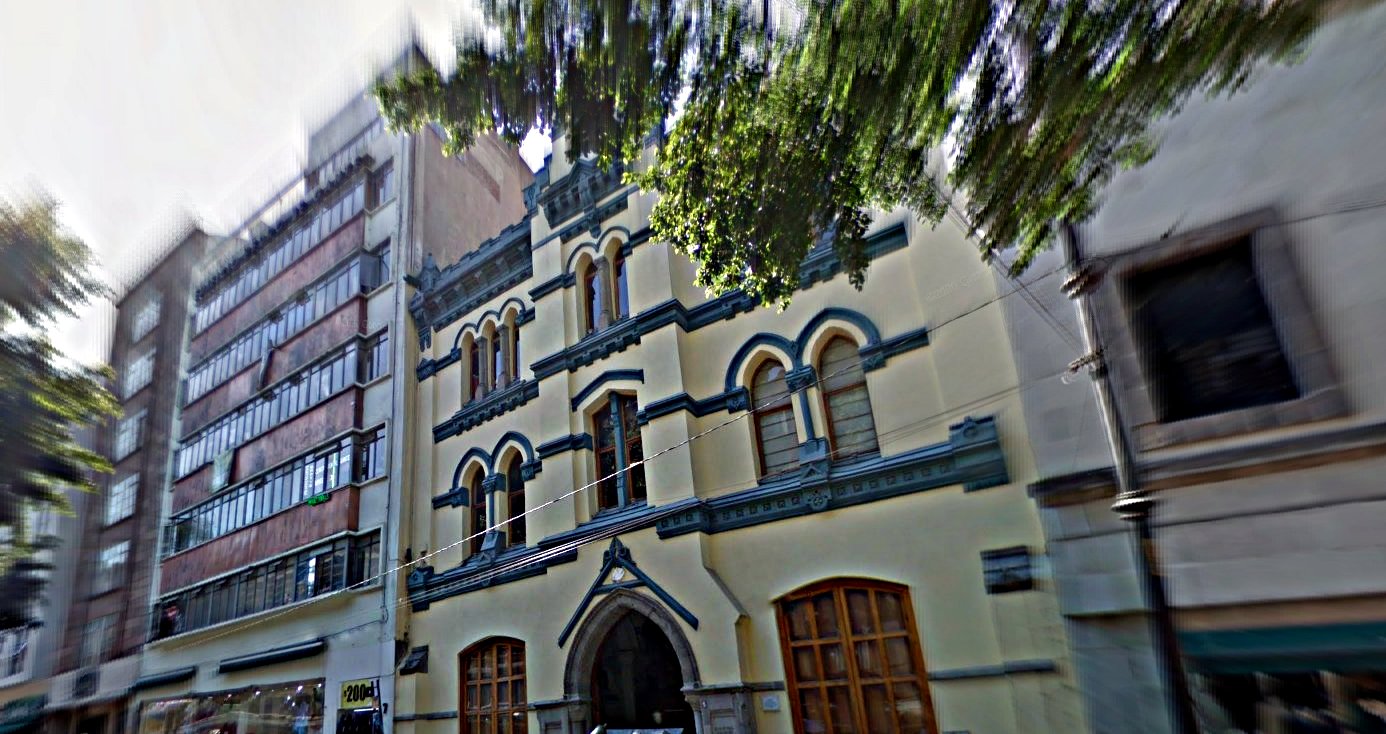
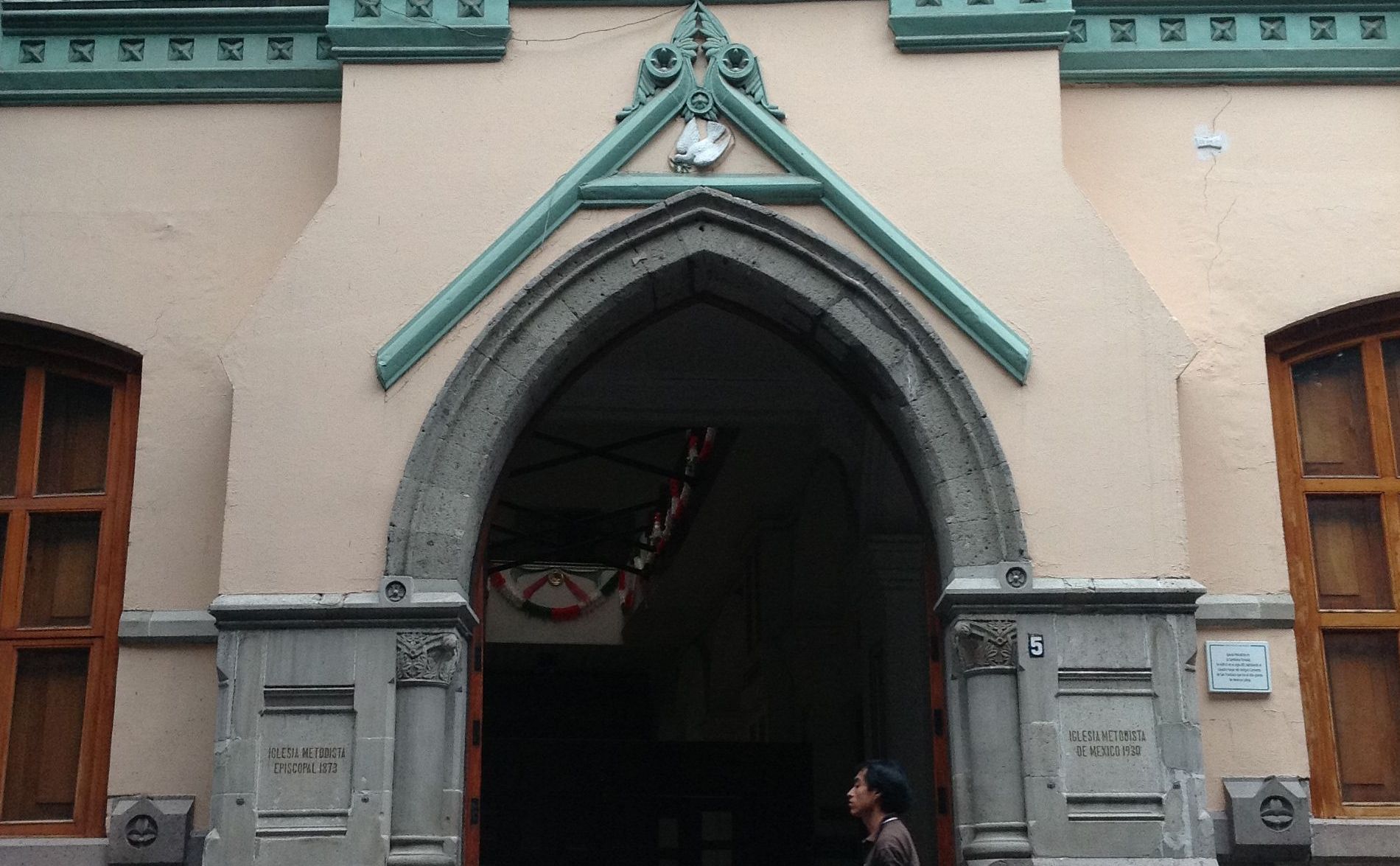
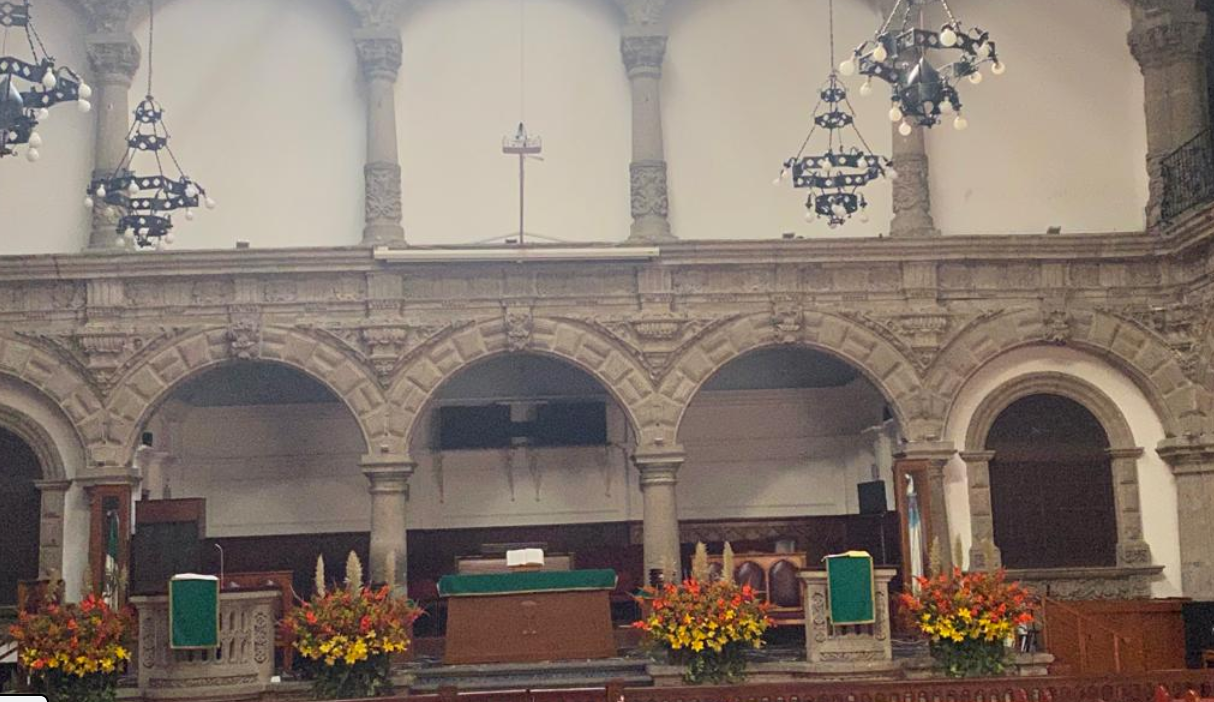

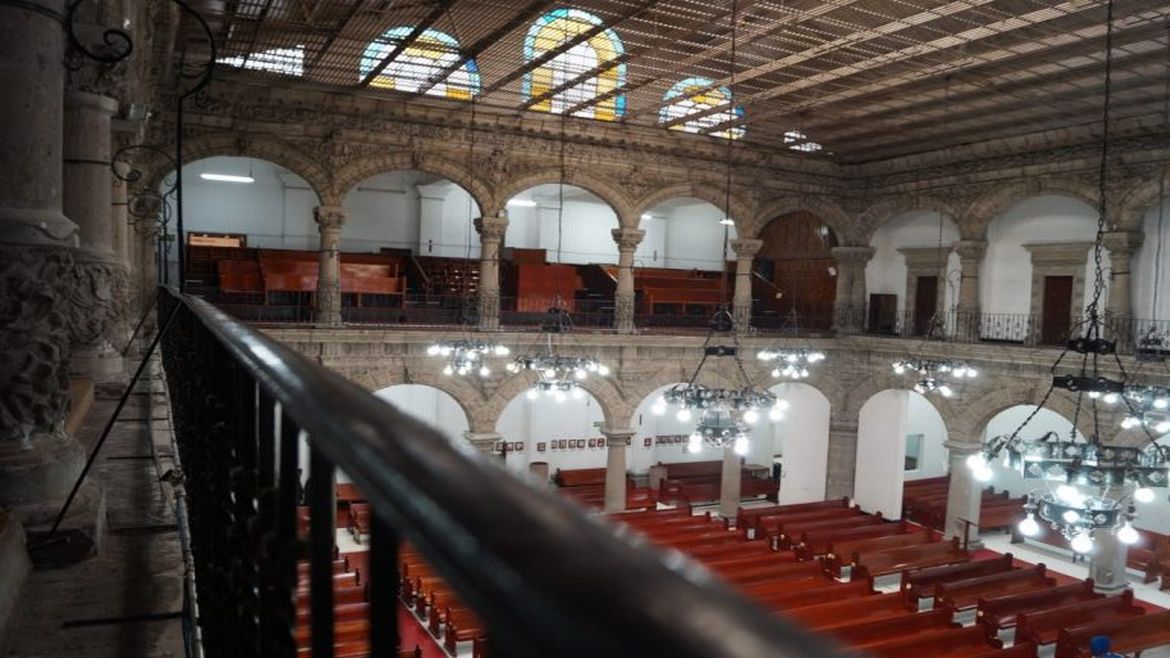
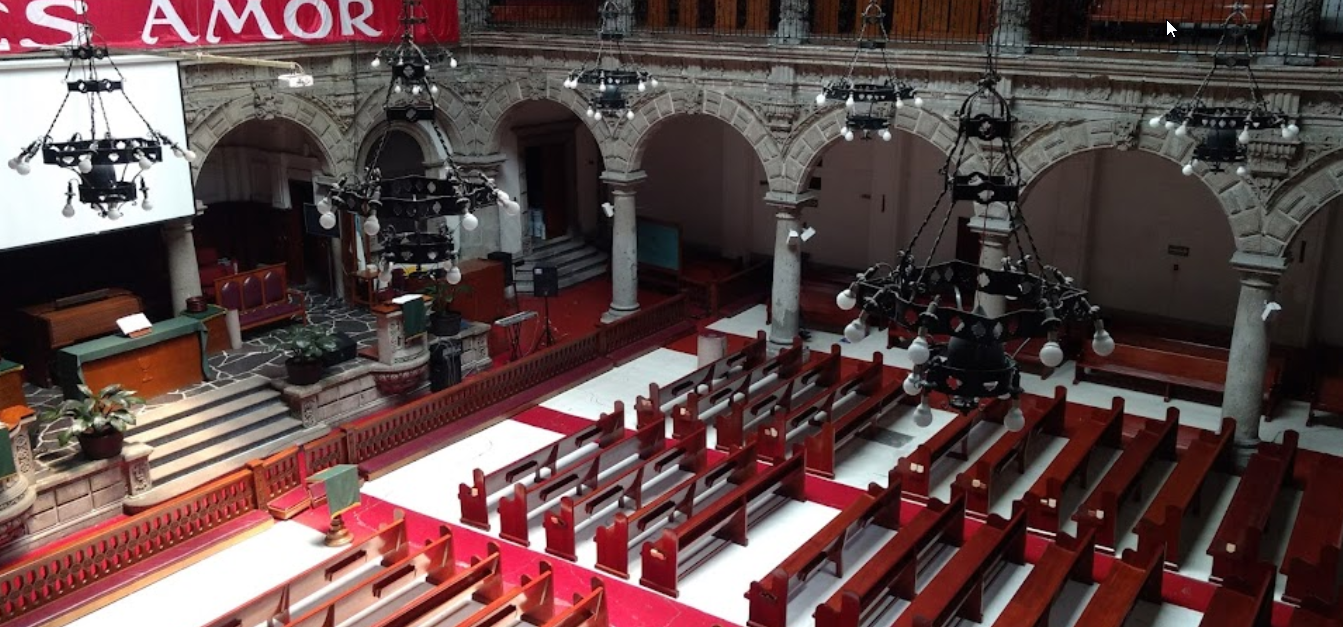
Instituto Nacional de Antropología e Historia, México – Coordinación Nacional de Monumentos Históricos. Ficha del Catálogo Nacional de Monumentos Históricos Inmuebles número I-09-02039 . -. Disponible en: http://catalogonacionalmhi.inah.gob.mx/consulta_publica/detalle/11753
 +52 (55) 5518 2808
+52 (55) 5518 2808
 https://immar.org.mx/
https://immar.org.mx/
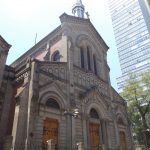
相近 0.07 kms.
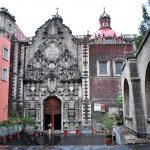
相近 0.07 kms.
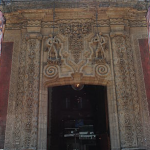
相近 0.08 kms.
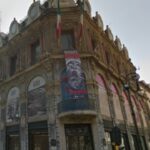
One of Avenida Madero's most famous corners . . .
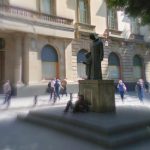
One of the unusually placid streets in the Historic Center . . .
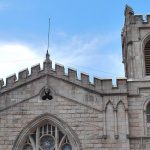
A historic Methodist church on the Avenida Balderas . . .
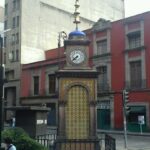
One of Mexico City's best known public plazas...